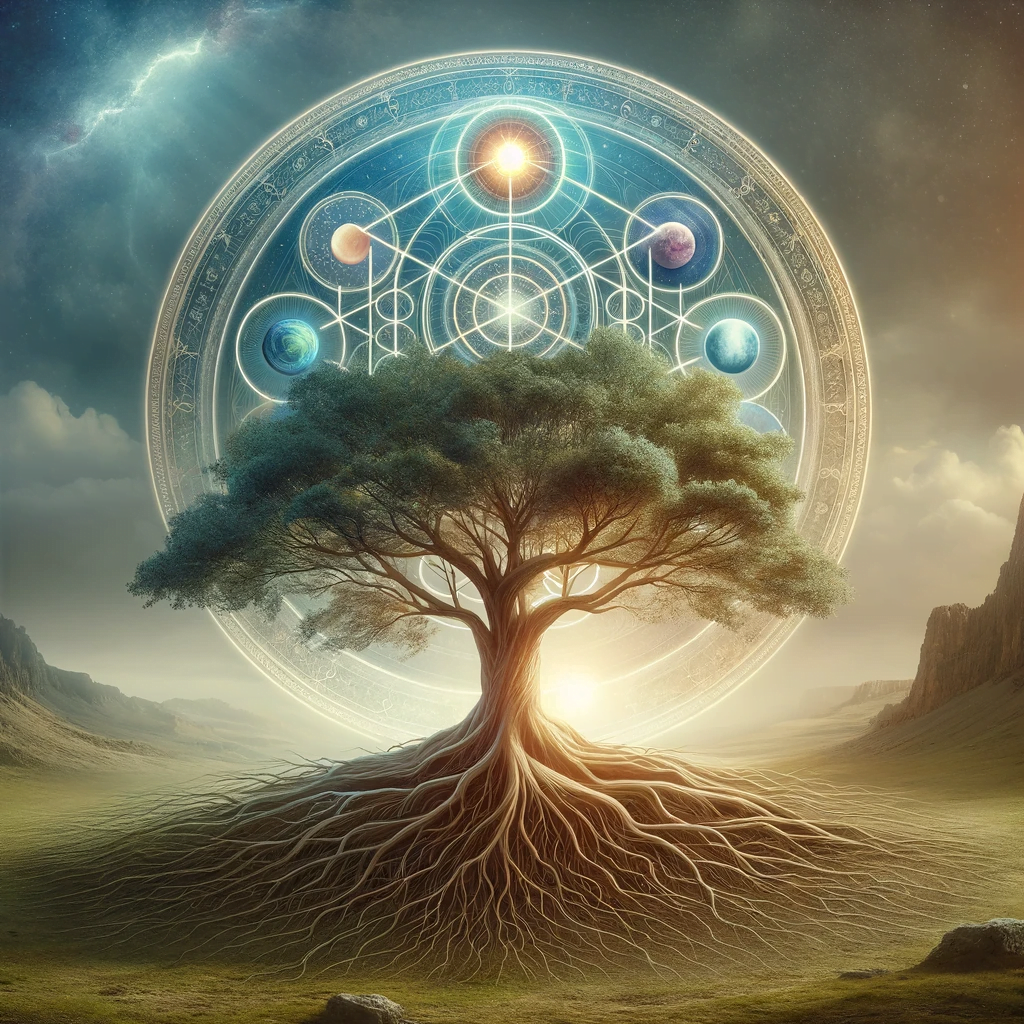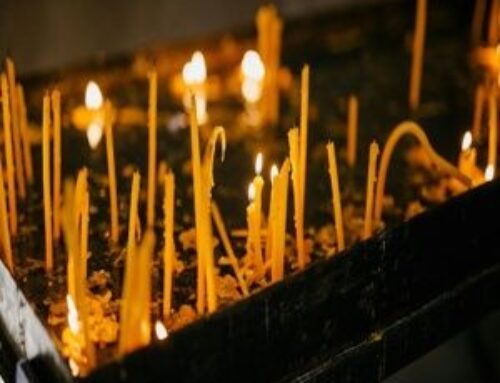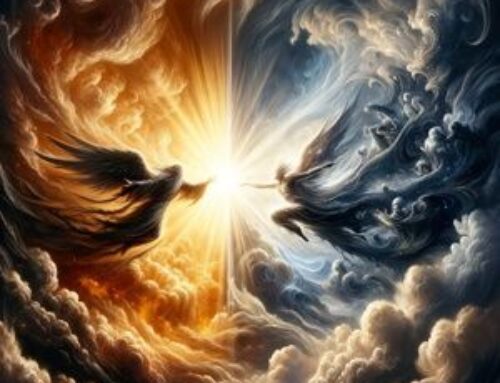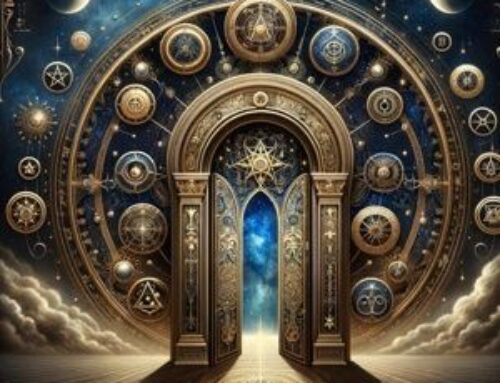Contents
Western Kabbalah
In the quest for understanding the profound enigmas of existence, the Western Kabbalah stands as a beacon of mysticism and ancient wisdom. This esoteric tradition, shrouded in mystery and steeped in the depths of time, offers a tantalizing glimpse into the unknown realms of spiritual understanding and cosmic alignment. For those drawn to the mystical and the arcane, the Kabbalah is not merely a subject of study but a gateway to transcending ordinary reality.
The Enigmatic Heart of the Kabbalah
The Kabbalah, with its roots winding through centuries of secretive scholars and mystics, demands the highest respect and humility from those who seek its secrets. Its teachings, considered keys to unlocking the profound mysteries encoded within the Bible, present the Old Testament not just as a religious text but as a compendium of Kabbalistic wisdom. Each word and letter in these ancient scriptures is imbued with significance, echoing the belief that the world was created following the divine law of the Torah. This perspective transforms every phrase into a potential revelation, a hidden gem of insight waiting to be unearthed by the discerning seeker.

The Rarity of Authentic Kabbalistic Knowledge
While some Kabbalistic texts have survived the test of time, their true essence remains elusive, often hidden away in the dusty corners of old libraries or lost in obscure translations. For a seeker on this mystical path, these texts are like rare treasures, offering glimpses into a world beyond ordinary comprehension. The challenge lies not just in finding these writings but in interpreting their profound and often cryptic messages.
The Hermetic Kabbalah: A Veiled Doctrine
Among the various branches of Kabbalistic study, the Hermetic Kabbalah holds a special place. It remains shrouded in secrecy, accessible only to those who tread the path under the guidance of a master. This discipline delves into questions that transcend the physical senses, exploring the very essence of life and existence. The teachings of the Hermetic Kabbalah are carefully guarded, deemed too potent and sacred for uninitiated eyes.
Divergence between Jewish and Hermetic Kabbalah
The origins of Kabbalah extend beyond the confines of any single religion, giving rise to diverse branches with unique perspectives and methodologies. Jewish Kabbalah is firmly rooted in the religious and cultural milieu of Judaism. It is dedicated to interpreting the Torah and other sacred Jewish texts, weaving these interpretations into the rich tapestry of Jewish thought and spirituality.
In stark contrast, Hermetic Kabbalah charts a distinct course, independent of Jewish mystical concepts. It is a unique amalgamation of Western esoteric traditions, combining elements of occultism, alchemy, and mystical philosophy. This form of Kabbalah seeks to transcend religious boundaries, focusing on the pursuit of universal spiritual truths. It explores the divine and the metaphysical through symbolic and allegorical frameworks, distinct from the traditional Jewish approach.
Hermetic Kabbalah’s emergence during the Renaissance marks a significant divergence in philosophy and practice from its Jewish counterpart, shaping a path that is deeply explorative and universally inclusive in its quest for spiritual enlightenment.
The Path of Initiation
The true essence of the Western Kabbalah can only be imparted through a practical, initiatory journey. This path is laden with secrets and is strictly protected from the profane. It is a journey not just of learning but of transformation, where the initiate is guided to discover truths that lie concealed in plain sight, hidden “between the lines.” This process unveils a richly structured system, previously confined to the halls of Mystery Schools, now accessible to the sincere aspirant.
In the profound study of Western Kabbalah, the Tree of Life stands as a symbol of the universe’s structure, encompassing the ten Sephiroth: Kether (Crown), Chokhmah (Wisdom), Binah (Understanding), Chesed (Mercy), Geburah (Severity), Tiphareth (Beauty), Netzach (Victory), Hod (Glory), Yesod (Foundation), and Malkuth (Kingdom), each a representation of the Divine attributes. These Sephiroth are bathed in the limitless light, Ain Soph Aur, and are interconnected by 22 paths, forming a complex and sacred geometry that guides the seeker through spiritual dimensions and the interconnectedness of all things.
In Conclusion: A Call to the Seekers
This exploration into the Western Kabbalah, particularly its Hermetic dimensions, is more than an academic pursuit; it is a call to embark on a transformative journey. It promises not just knowledge, but a profound reorientation of one’s perception of reality. For those who hear this call and choose to answer it, the journey through the Kabbalah’s mystical landscape offers a unique opportunity to touch the divine tapestry of existence, to unravel the sacred mysteries that have captivated seekers for millennia.





